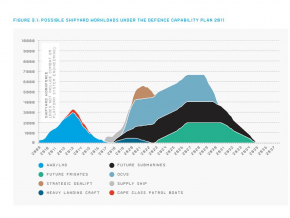The USN missed an entire generation of new technology on new platforms and then had to play catch up by incorporating massive leaps at the same time as funding for sustainment was cut and multiple functions were out sourced.I'm aware of the teething issues that G.R.F has run into but I don't see how that makes the Fords a bad acquisition. If anyone can work through those problems it's the USN seeing as they're currently the world leader in those technologies, and at the end of the day they will be an effective and much needed upgrade from the Nimitz.
The fleet got busier as numbers shrunk, personnel were required to step up and take on additional responsibility earlier in their careers, with less coaching, mentoring and supervision.
The entire thing was unsustainable and went on for years. It wasnt reversed until people started dying.
Thus wasn't down to the USN, but rather political games and cuts. The people in uniform did the best they could with what they had.
Try reading the reports into the USS John S McCain collision, as well as the Fitzgerald. Both were pre COVID.


